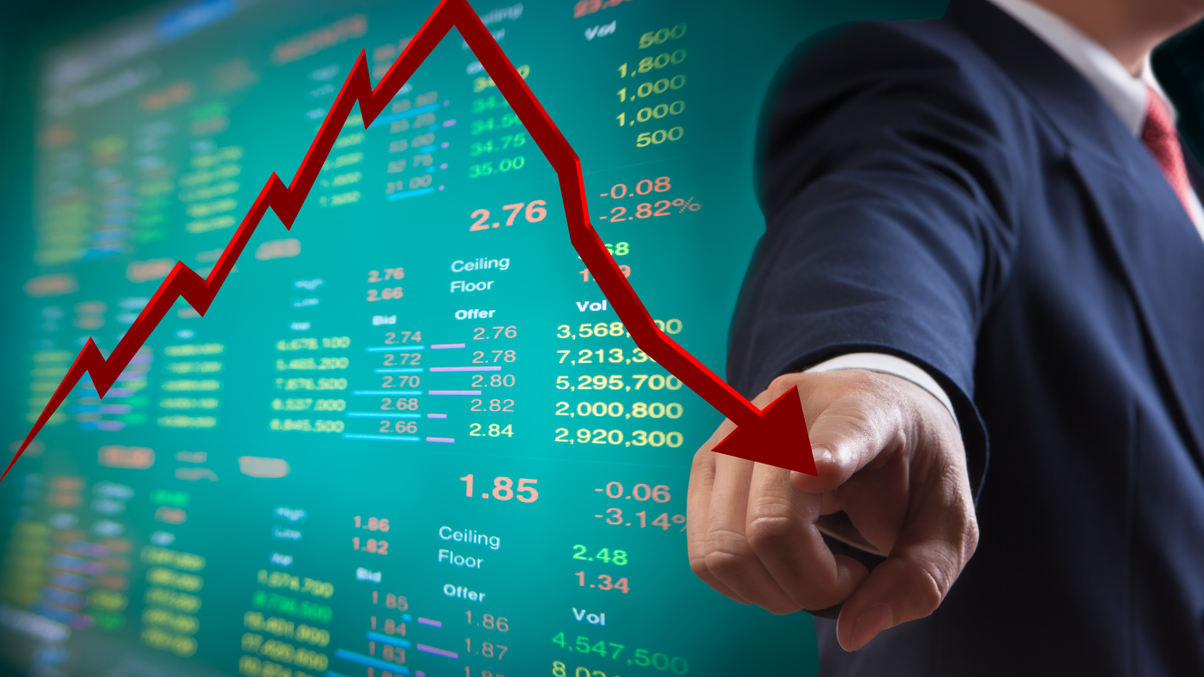Fund sales in Asia suffer amid uncertainty, trade frictions
A new report by Broadridge shows a sharp slowdown in fund sales in the second quarter as investors consider their next move more carefully.

Investor uncertainty about the short-term direction of markets is causing a high degree of turnover but is also sapping enthusiasm for active investing, new research by Broadridge shows.
Sign in to read on!
Registered users get 2 free articles in 30 days.
Subscribers have full unlimited access to AsianInvestor
Not signed up? New users get 2 free articles per month, plus a 7-day unlimited free trial.
¬ Haymarket Media Limited. All rights reserved.


